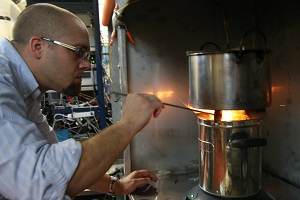EPA: Launching a New Era of State, Tribal, Local and International Partnerships
Our work with state, tribal, local and international partners forms an “environmental enterprise” that is critical to advancing environmental and human health protection across the country and the globe. As captured in our FY14-FY18 Strategic Plan, our New Era of State, Tribal, Local and International Partnerships is a vital pillar among our Cross-Agency Strategies. I thank everyone at EPA for working in collaboration with our partners – governors, tribal leaders, environmental and agricultural commissioners, city and county leaders, and so many others. This spring, I asked EPA employees to share their best practices, innovative solutions and successes in building partnerships. There are so many successes I learned about, ranging from the routine to multi-faceted and complicated matters. Here are a handful of successes that I’d like to highlight.
State, Local and Other Partners Protecting School Indoor Air Quality  – Nearly 56 million people spend their days inside elementary and secondary schools in the US. Since the mid-1990s, EPA’s Indoor Environments Division (IED) has supported states, schools and school districts in their work to improve indoor air quality in schools and protect the health of their students and staff.
– Nearly 56 million people spend their days inside elementary and secondary schools in the US. Since the mid-1990s, EPA’s Indoor Environments Division (IED) has supported states, schools and school districts in their work to improve indoor air quality in schools and protect the health of their students and staff.
In 2012, the IED schools team launched the School Health and Indoor Environments Leadership Development (SHIELD) Network, a dynamic collaboration of more than 80 leaders from school districts, state and local governments and other partners committed to improving IAQ in schools. SHIELD events have resulted in thousands of school district decision makers trained to make their school indoor environments healthier, cleaner and safer places.



